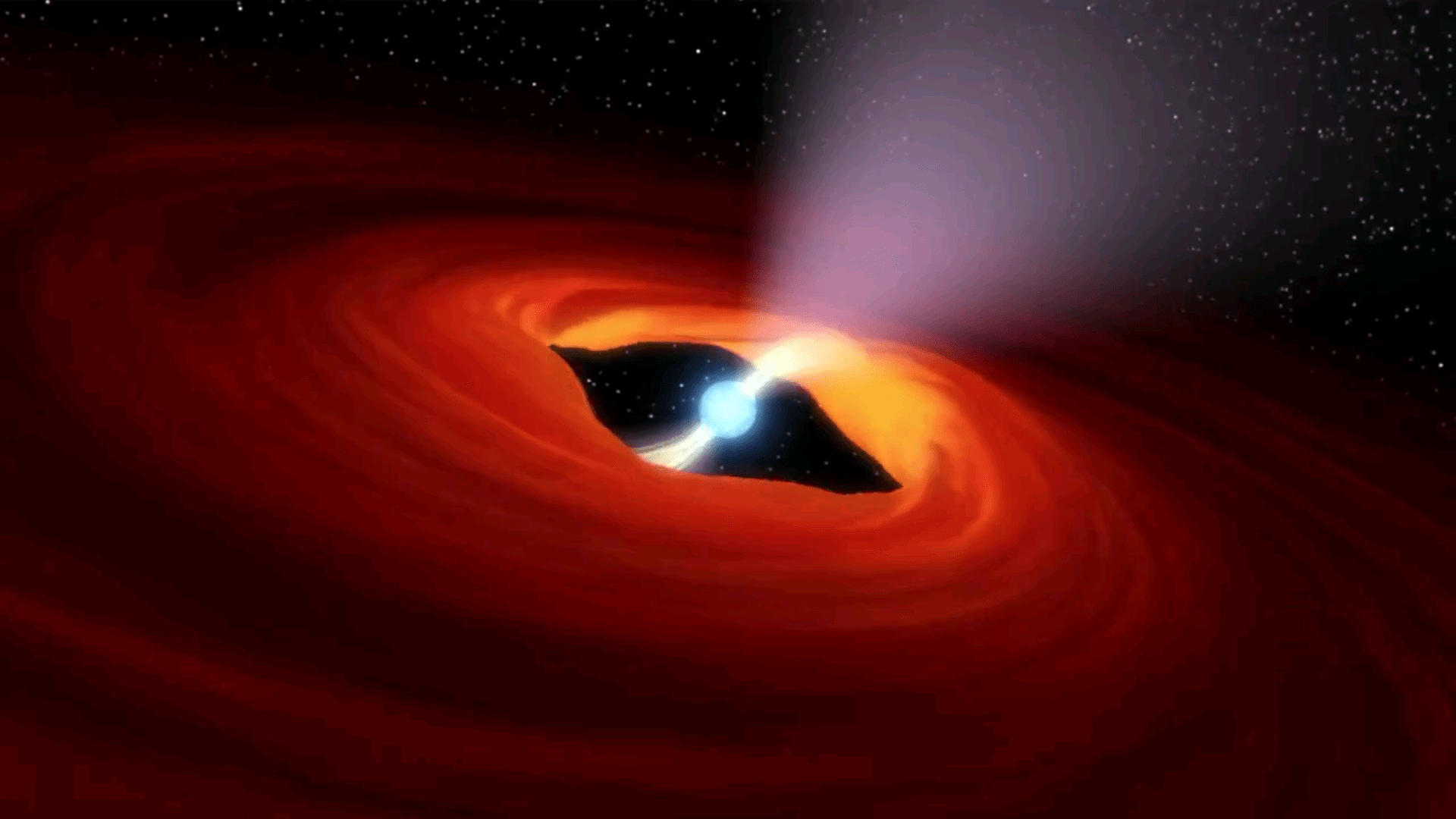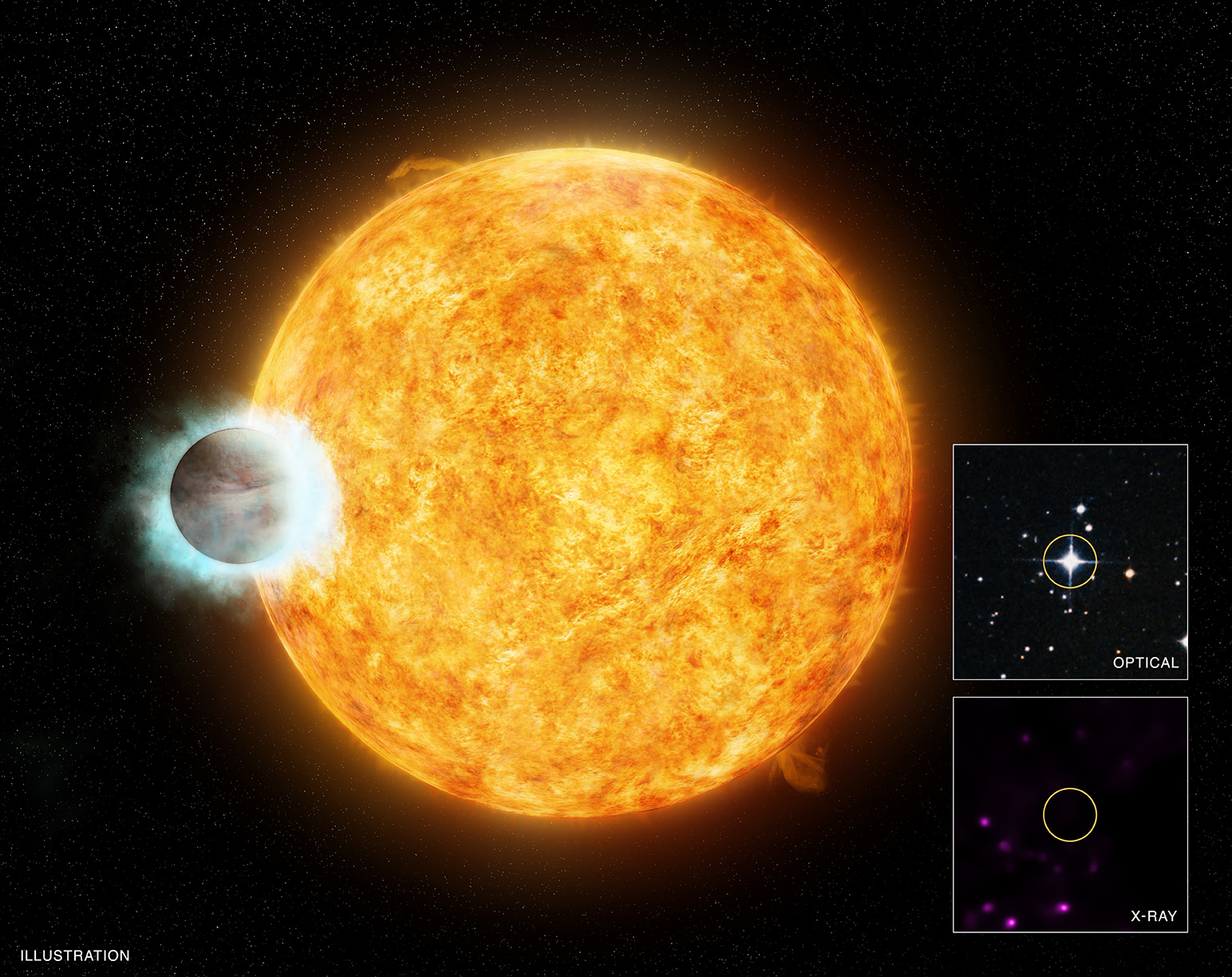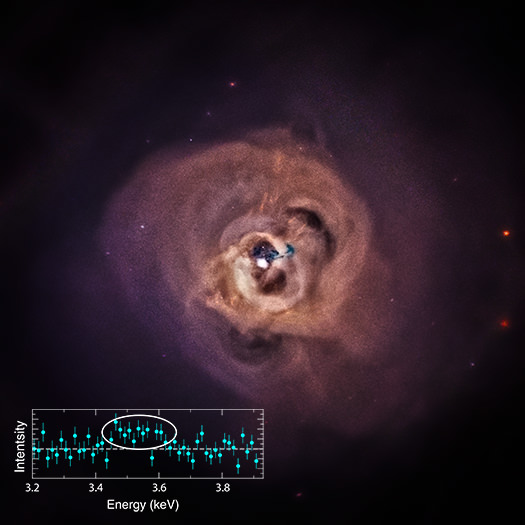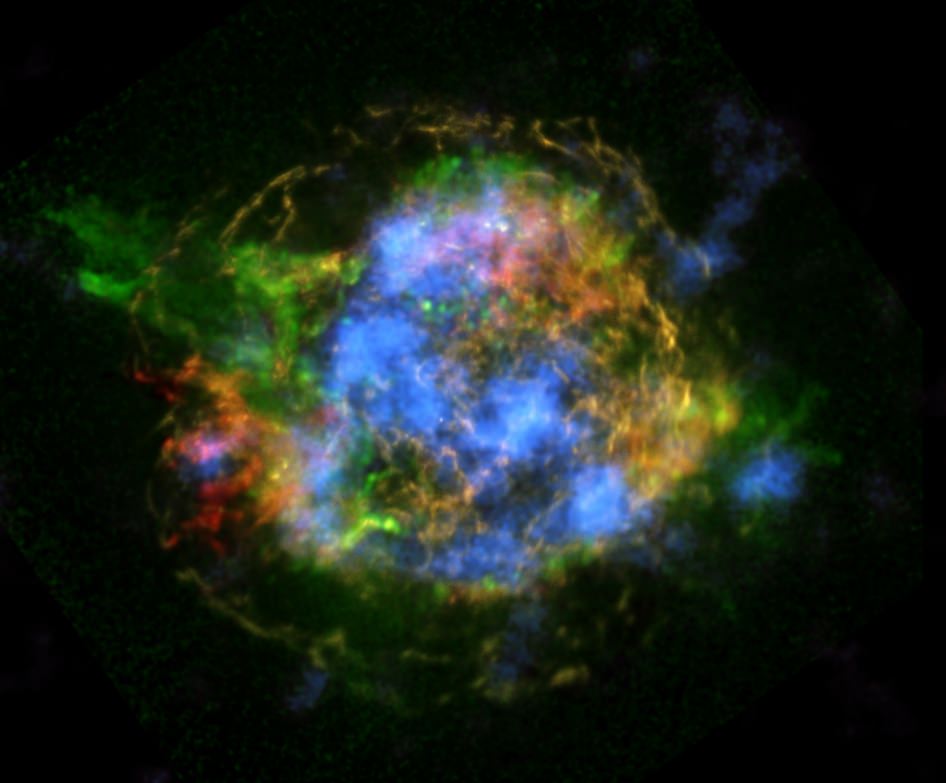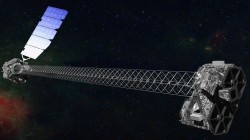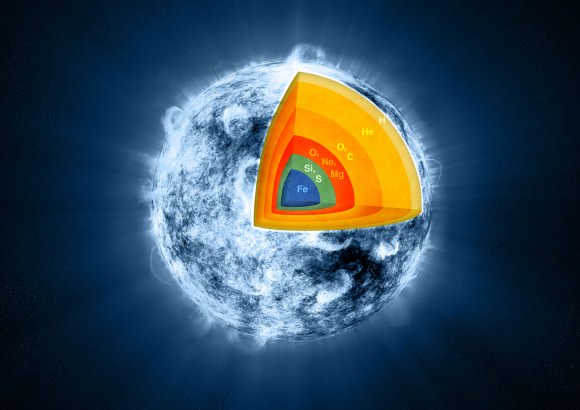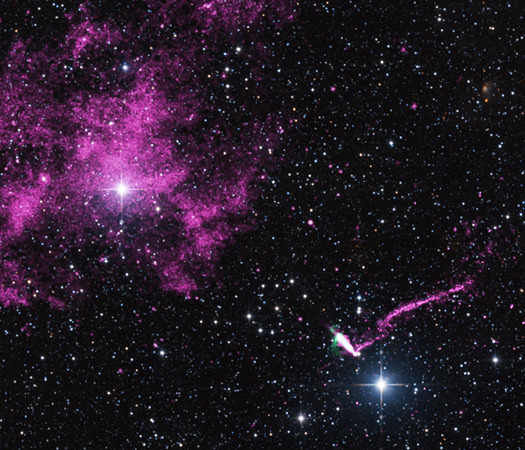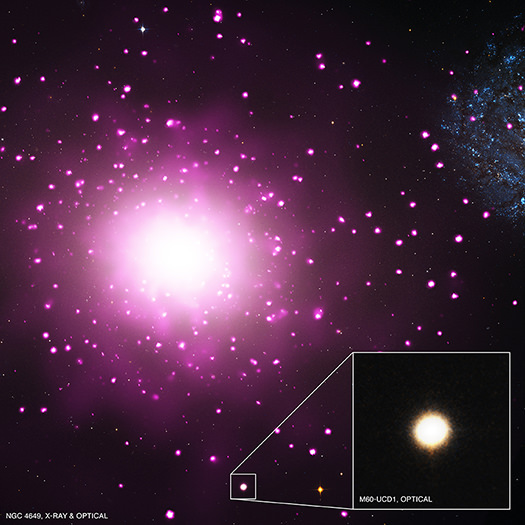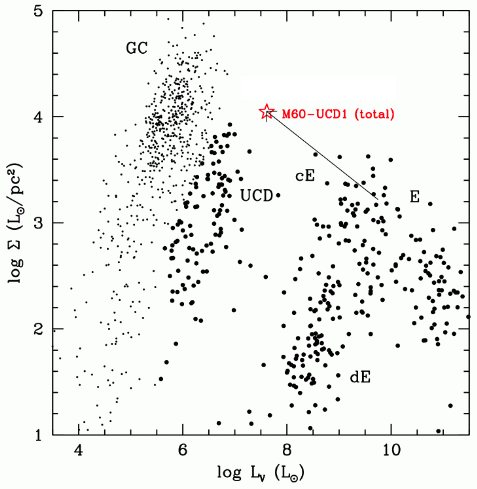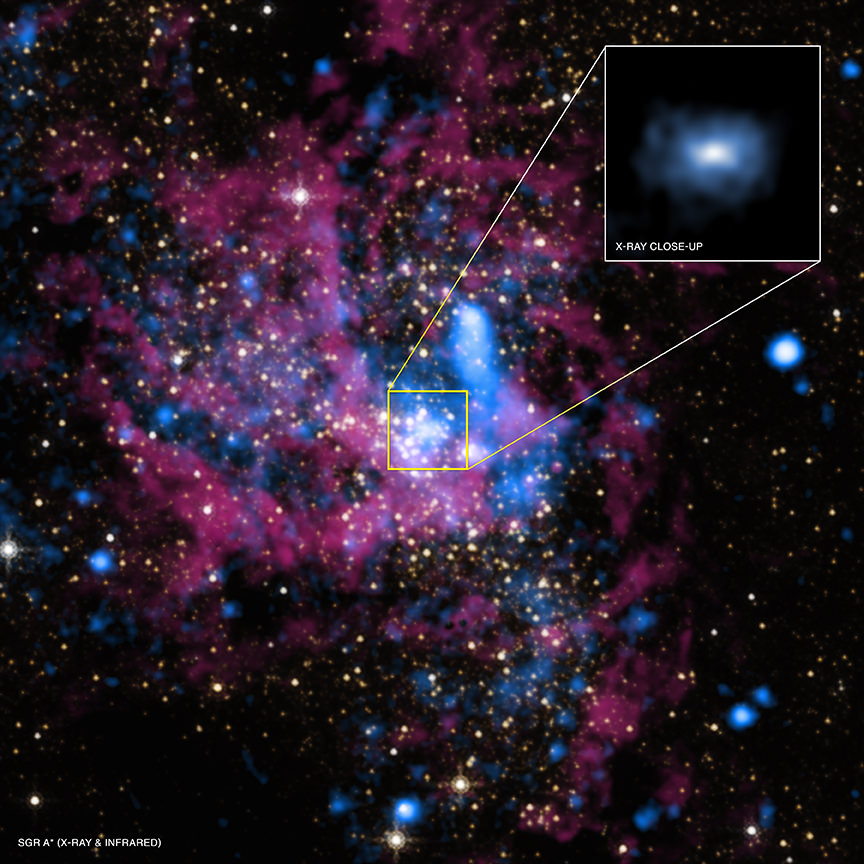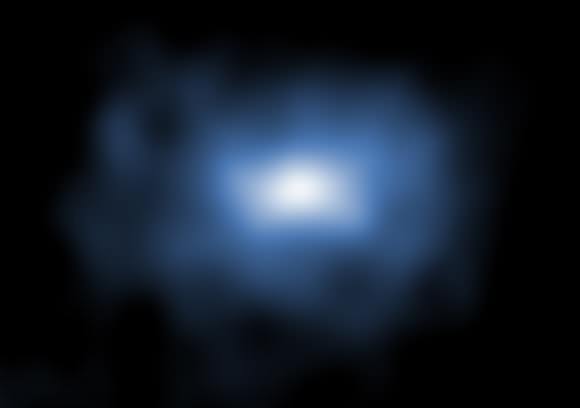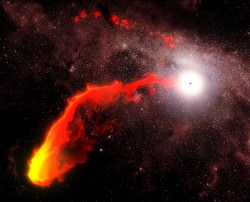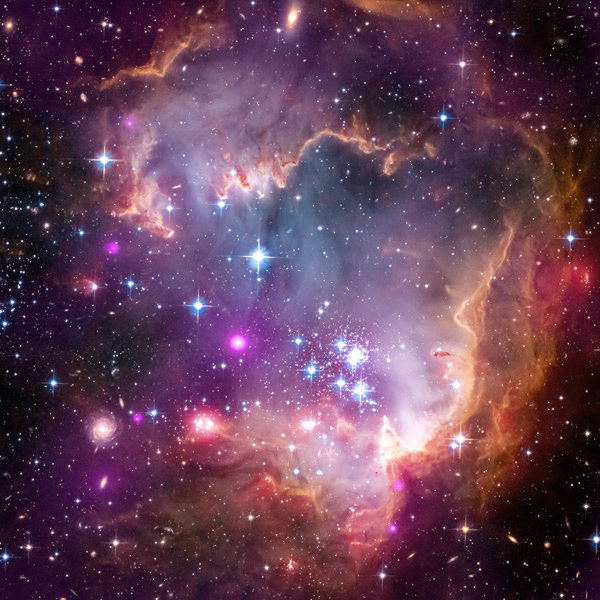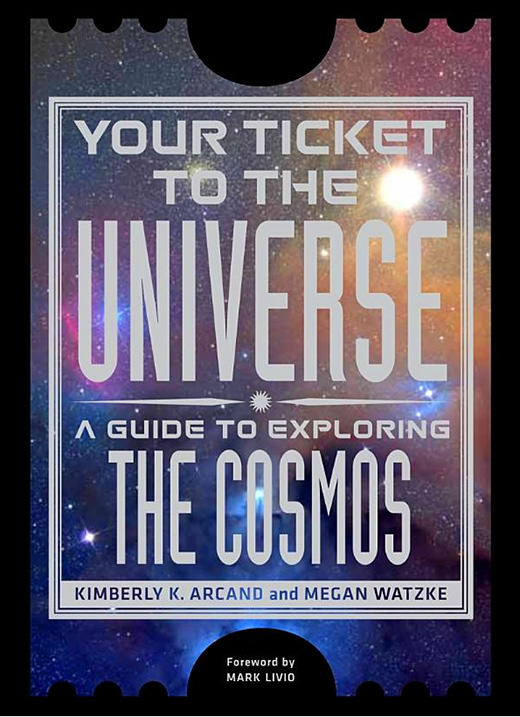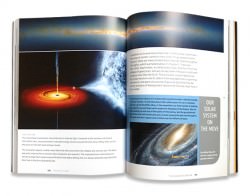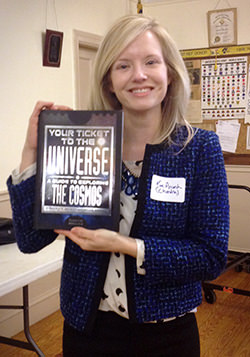A research team led by Caltech astronomers of Pasadena California have discovered an ultraluminous X-ray (ULX) source that is pulsating. Their analysis concluded that the source in a nearby galaxy – M82 – is from a rotating neutron star, a pulsar. This is the first ULX source attributed to a pulsar.
Matteo Bachetti of the Université de Toulouse in France first identified the pulsating source and is the lead author of the paper, “An ultraluminous X-ray source powered by an accreting neutron star” in the journal Nature. Caltech astronomer Dr. Fiona Harrison, the team leader, stated “This compact little stellar remnant is a real powerhouse. We’ve never seen anything quite like it. We all thought an object with that much energy had to be a black hole.”
What is most extraordinary is that this discovery places even more strain on theories already hard pressed to explain the existence of ultraluminous X-Ray sources. The burden falls on the shoulder of the theorists.
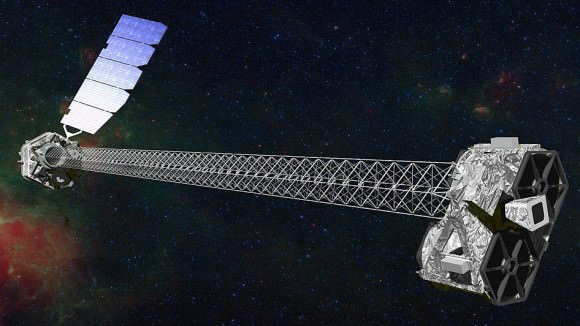
The source of the observations is the NuSTAR space telescope, a SMEX class NASA mission. It is a Wolter telescope that uses grazing incidence optics, not glass (refraction) or mirrors (reflection) as in visible light telescopes. The incidence angle of the X-rays must be very shallow and consequently the optics are extended out on a 10 meter (33 feet) truss. NuSTAR records its observations with a time stamp such as taking a video of the sky. The video recording in high speed is not in visible everyday light but what is called hard x-rays. Only gamma rays are more energetic. X-rays emanate from the most powerful sources and events in the Universe. NuStar observes in the energy range of X-Rays from 5 to 80 KeV (electron volt)while the famous Chandra space telescope observes in the .1 to 10 KeV range. Chandra is one NASA’s great space telescope, was launched by the Space Shuttle Columbia (STS-93) in 1999. Chandra has altered our view of the Universe as dramatically as the first telescope constructed by Galileo. NuSTAR carries on the study of X-rays to higher energies and with greater acuity.
ULX sources are rare in the Universe but this is the first pulsating ULX. After analysis, they concluded that this is not a black hole but rather its little brother, a spinning neutron star as the source. More specifically, this is an accreting binary pulsar; matter from a companion star is being gravitationally attracted by and accreting onto the pulsar.
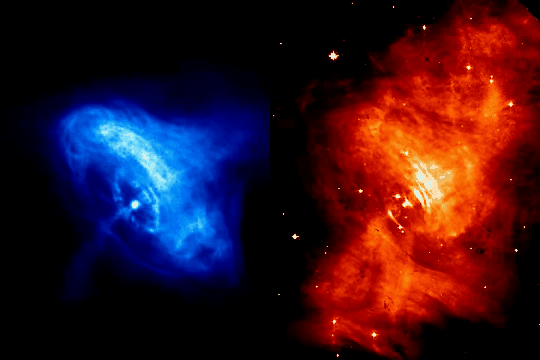
Take a neutron star and spin it up to anywhere from 700 rotations per second to a mere one rotation every 10 seconds. Now you have a neutron star called a pulsar. Spinning or not, these are the remnants of supernovae, stellar explosions that can outshine a galaxy of 300 billion stars. Just one teaspoon of neutron star material weighs 10 million tons (9,071,847,400 kg). That is the same weight as 900 Great Pyramids of Giza all condensed to one teaspoon. As incredible a material and star that a neutron star is, they were not thought to be the source of any ultraluminous X-Ray sources. This view has changed with the analysis of observations by this research team utilizing NuSTAR. The telescope name – NuSTAR – stands for Nuclear Spectroscopic Telescope Array.
There is nothing run of the mill about black holes. Dr. Stephen Hawking only conceded after 25 years, in 2004 (the Thorne-Hawking Bet) that Black Holes exist. And still today it is not absolutely certain. Recall the Universe Today weekly – Space Hangout on September 26 – “Do Black Holes exist?” and the article by Jason Major, “There are no such things as Black Holes.”
Pulsars stars are nearly as exotic as black holes, and all astronomers accept the existence of these spinning neutron stars. There are three final states of a dying star. Stars like our Sun at the end of their life become very dense White Dwarf stars, about the size of the Earth. Neutron stars are the next “degenerate” state of a dying exhausted star. All the electrons have merged with the protons in the material of the star to become neutrons. A neutron star is a degenerate form of matter effectively made up of all neutron particles. Very dense, these stars are really small, the size of cities, about 16 miles in diameter. The third type of star in its final state is the Black Hole.
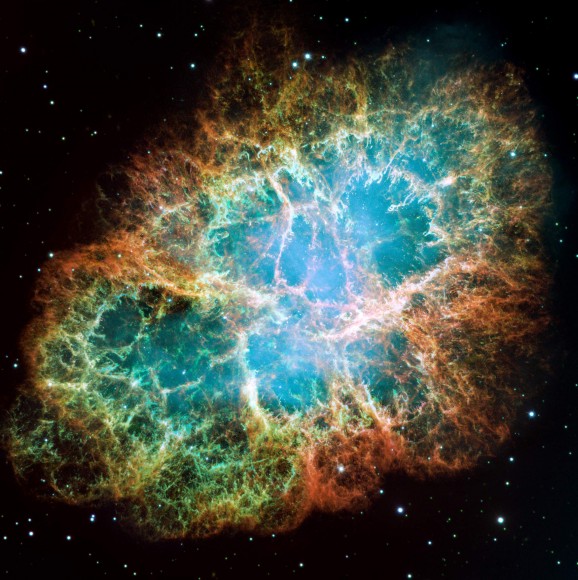
A spinning neutron star creates a magnetic field, the most powerful of such fields in the Universe. They are like a dipole of a bar magnet and because of how magnetic fields confine the hot gases – plasma – of the neutron star, constant streams of material flow down and light streams out from the magnetic poles.
Recently, the Earth has had incredible northern lights, aurora. These lights are also from hot gases — a plasma — at the top of our atmosphere. Likewise, hot energetic particles from the Sun are funneled down into the magnetic poles of the Earth’s field that creates the northern lights. For spinning neutron stars – pulsars – the extreme light from the magnetic poles are like beacons. Just like our Earth, the magnetic poles and the spin axis poles do not coincide. So the intense beacon of light will rotate around and periodically point at the Earth. The video of the first illustration describes this action.
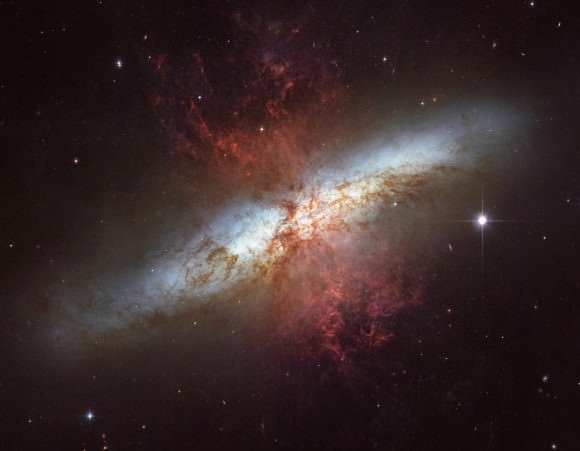
The light beacons from pulsars are very bright but theory, until now, has been supported by observations. No ultraluminous X-ray sources should be pulsars. The newly discovered pulsar is outputting 100 times more energy than any other. Discoveries like the one by these astronomers utilizing NuSTAR is proof that there remains more to discover and understand and new telescopes will be conceived to help resolve questions raised by NuSTAR or Chandra.
Further reading: JPL

